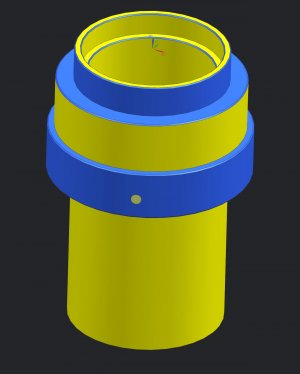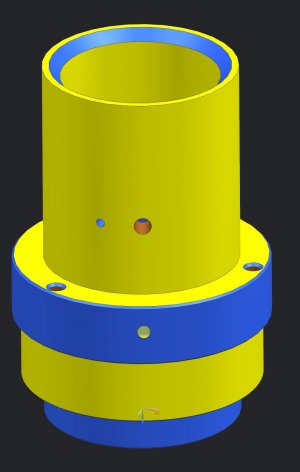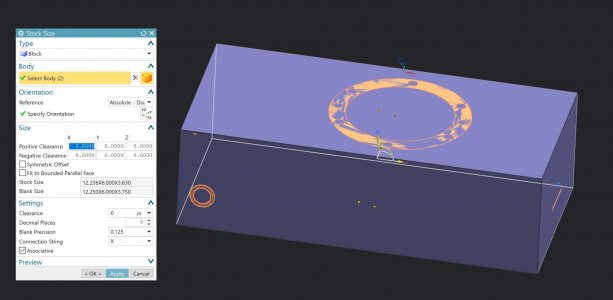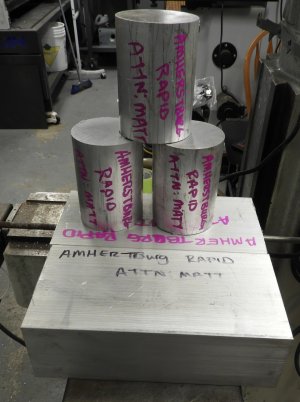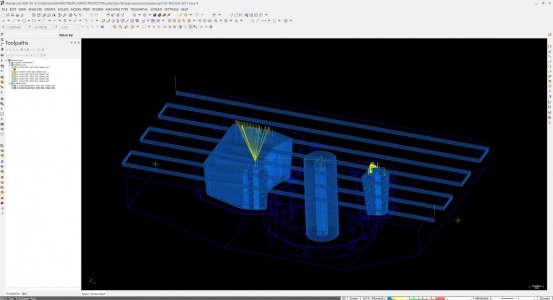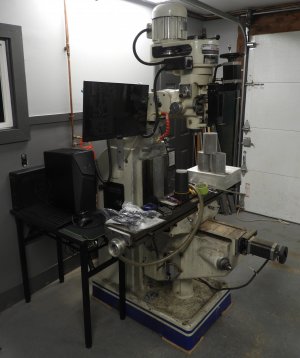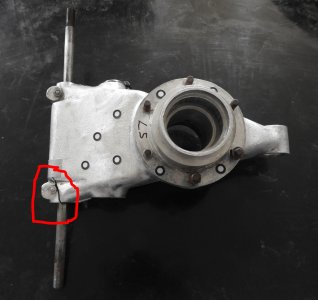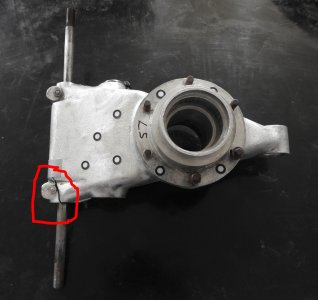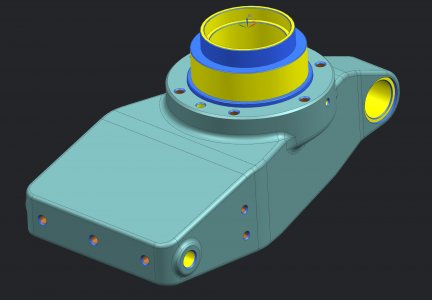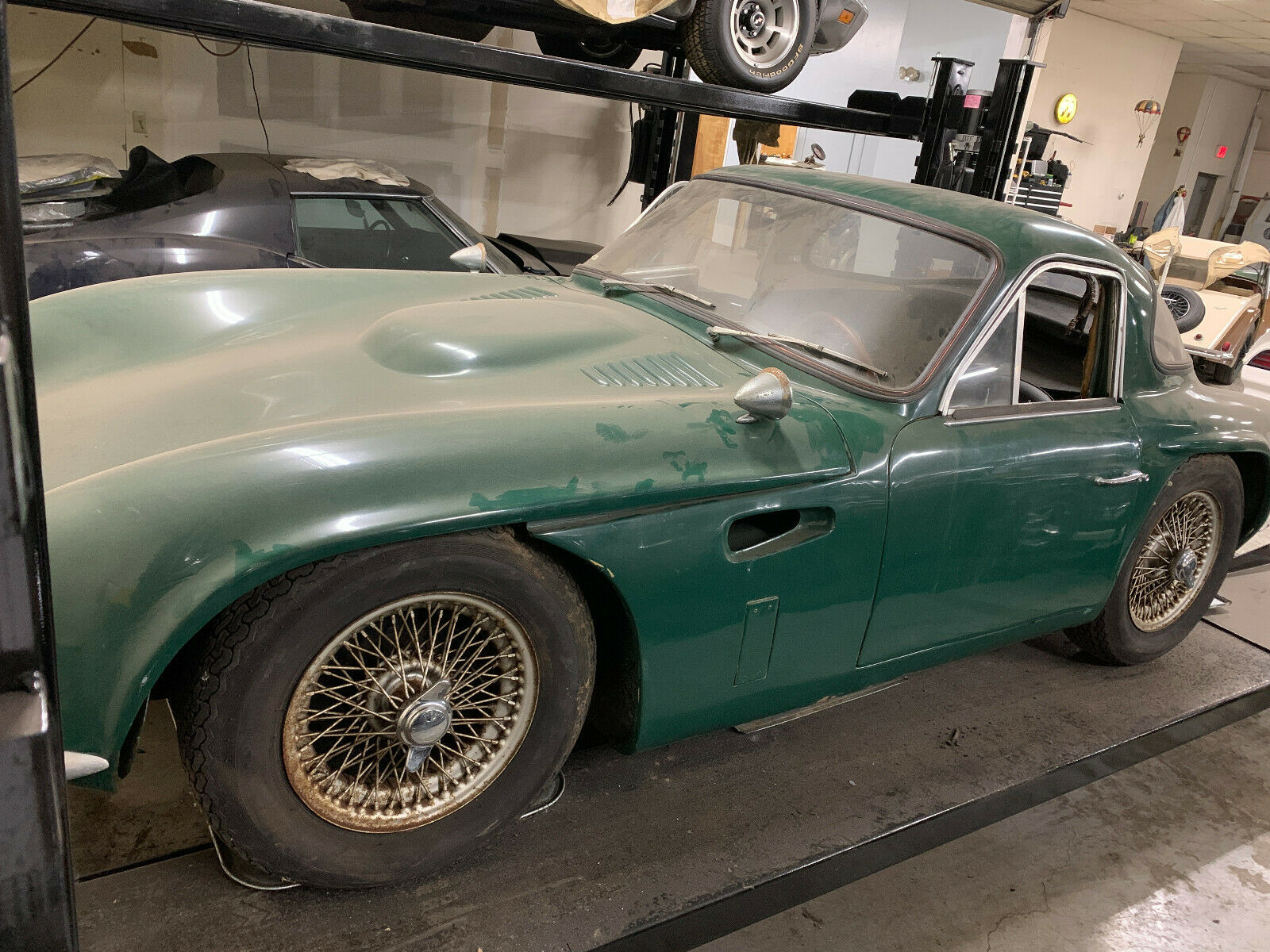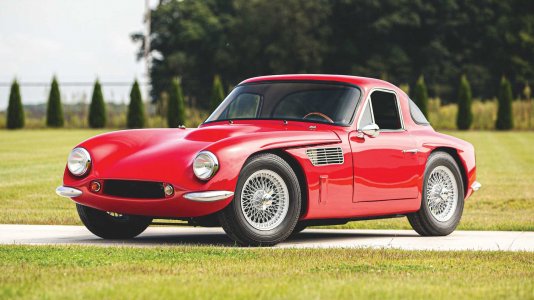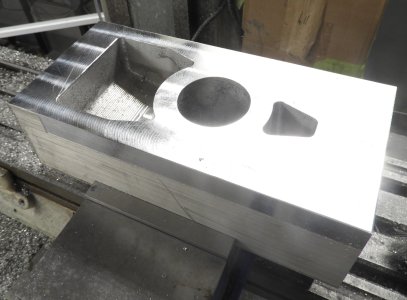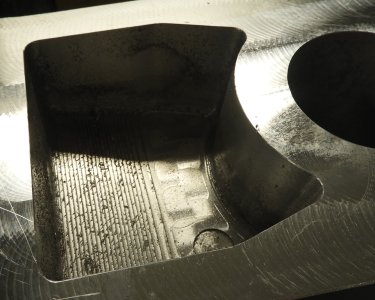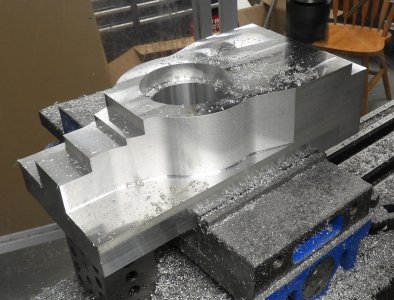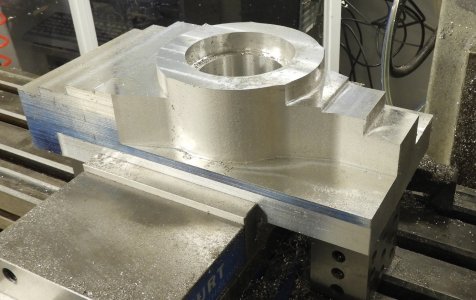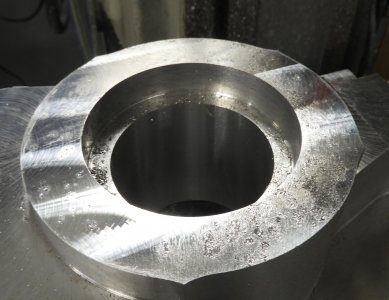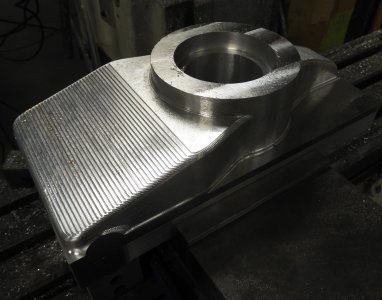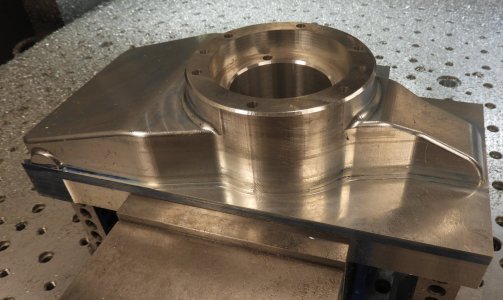Isn't the TVR the evolution of the Griffith?
Trevor Wilkinson founded TVR in the late 1940s in Blackpool, initially making various 'specials' before introducing its first series-production model in 1954. Dubbed the TVR Sports Saloon, most were sold in kit form. It was the Grantura, however, that earned TVR its popularity. Introduced in 1958, the Grantura received a multi-tubular spaceframe chassis with Volkswagen trailing-link independent suspension and attractive fiberglass coachwork. The adequately sized engine bay could accommodate a variety of engines including those from BMC and Ford. The 1.2-liter Coventry Climax FWE unit was popular with those intent on racing.
An American dealer named Jack Griffith was, perhaps, inspired by Carroll Shelby's successful implementation of the 'big engine/small car' formula, adopted the same concept of the MKIII Grantura. A prototype example was shipped to the United Kingdom and after gaining approval from the factory, entered production towards the close of 1962. Like the Cobra, the Griffith offered exciting motoring and nearly all examples were exported to the USA.
The Griffith 200 was sold in the UK as the TVR Griffith and in the United States as the Griffith 200. The Griffith 200 was powered by a 289 cubic-inch Ford engine and had many similarities to the TVR Grantura MKIII. The engine produced around 200 horsepower and some believe this is the source of the name '200'. A HiPo engine boosted horsepower to 271.
The cars sat atop of a short wheelbase, had a lightweight body skin, and a very powerful engine. Zero-to-sixty took just under five seconds, all for around $4000. It is believed that just under 200 (192 Series 200) examples of the Griffith 200 were produced.
Before the company ceased operations, the Griffith Series 200 was followed by the Griffith Series 400 and the Griffith Series 600. TVR paid homage to the original Griffith when, in the early 1990s, introduced the TVR Griffith - the first true use of the name 'TVR Griffith.
Links below..
Jack Griffith’s TVR 200 was even more bonkers in theory than the Shelby Cobra, as his donor car was 350 pounds lighter than the AC. A rare example of the…

www.rcnmag.com




